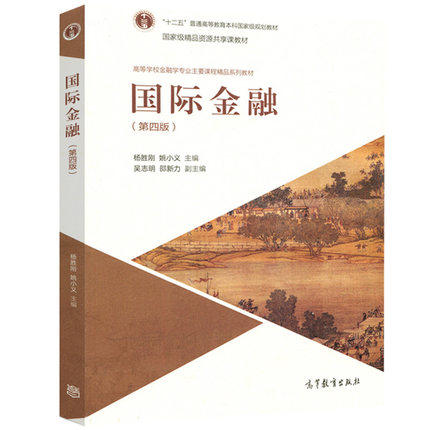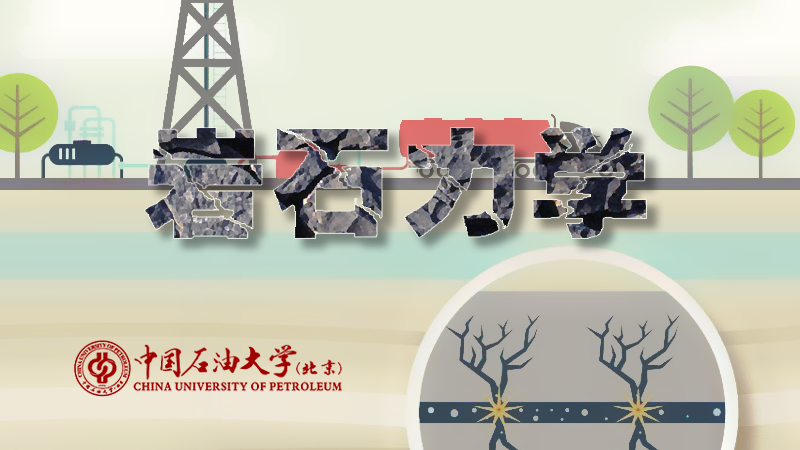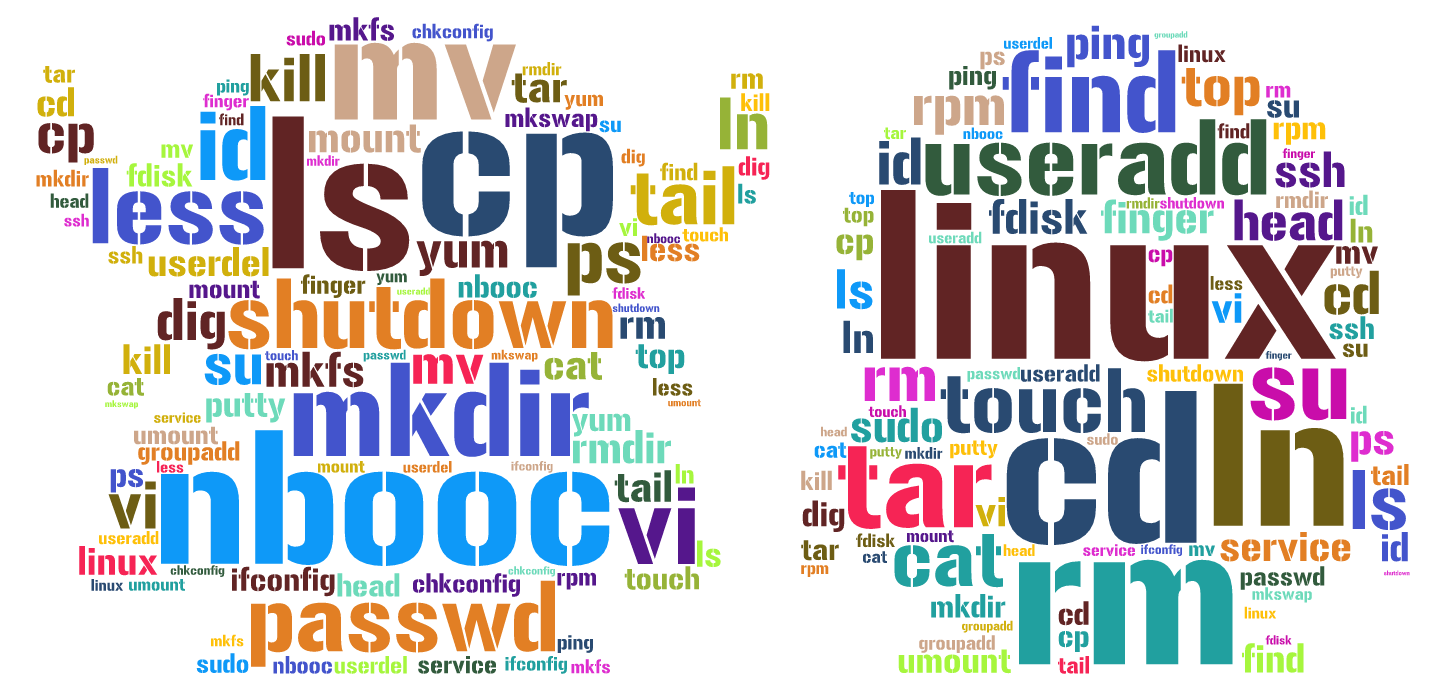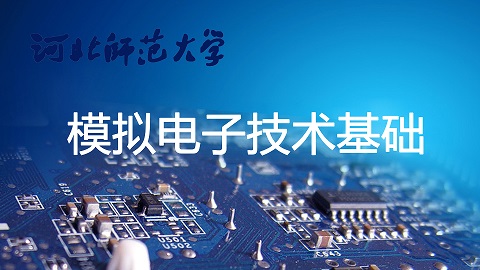
当前课程知识点:环境工程专业英语 > 3. Air Pollution > 3.4 Climate change > 3.4 Climate change
大家好,我们的课程是
环境工程专业英语。
本单元主题是气候变化。
什么是气候?
一般认为气候是平均的天气。
人们通常采用地表温度
来代替气候。
因此当我们谈到气候变化,
我们实际上是在谈地表温度变化。
根据地球温度历史,
我们可以看到,历史上有过很大的变化。
目前观点认为,存在全球变暖。
而目前的变化归因于人类活动。
当然,在未知区域
也存在一些驱动系统。
因此,未来存在剧烈变化的危险。
一些我们难以控制的变化。
这是全球温度变化的数据。
我们可以看到,在最近的超过100年时间里,
地球平均温度上升了0.74摄氏度。
这是个很可观的数据。
这是亚洲
在1901-2009 这100多年的情况。
红色表示温度上升。
可以看到全亚洲
都有明显的温度上升。
这是亚洲
近50年的数据。
同样我们可以看到整个区域的红点。
这意味着温度上升,或者是变暖效应。
中国是什么情况呢?
这幅图
展示了近100年中国的温度变化。
我们可以看到,
在这么长的时间里有很多变化。
但如果我们求平均的话,
仍然可以看到在中国有一个很清楚的温度上升趋势。
那么从全球到亚洲再到中国的温度上升,
我们能肯定明显的变暖。
那么是什么导致了全球变暖?
人们用模型来模拟
全球地表的温度变化。
这是模拟结果。
这是模拟和观测结果。
红线是观测结果。
蓝线是模拟结果。
如果只考虑自然强迫,可以看到,
模拟值和观测值并不吻合。
如果我们考虑人类活动影响,
可以看到某种温度上升的趋势。
最后,如果我们结合
自然强迫和人类活动影响,
会看到模型结果很好地跟观测吻合了。
因此这一模型告诉我们,
人类活动是全球地表温度
上升的主要原因。
这是温度变化的区域分布。
在所有不同地区,如北美、亚洲,
我们可以看到温度上升趋势。
人们把这一上升归因于人类活动。
由于人类活动是全球气候变化的主要驱动力,
我们想知道导致全球气候变化的人为因素。
有一个重要参数
用于描述气候变化,
称为辐射强迫。
辐射强迫的定义,
是太阳光,或者说地球吸收的日射能量,
减去反射回太空的能量。
也就是太阳光减去反射回太空的能量。
根据它的定义,我们知道,
如果一个因子导致正的强迫,
就意味着吸收了更多太阳光。
那么它将导致变暖效应。
类似的,负的强迫将导致变冷效应。
因此,正强迫,变暖效应。
而负强迫,变冷效应。
有数个因素影响辐射强迫,
包括日射能量的变化,
辐射活泼气体浓度,
以及气溶胶浓度。
影响气候的最重要气体
称为温室气体。
我想你们都知道温室气体,对吗?
温室气体定义为
大气中在红外范围能吸收和释放辐射的气体。
那么这点很重要。
它需要和这一范围的辐射相关,
那么它将具有某种变暖效应。
一次温室效应气体。
来说说一些一次温室效应气体。
我想这很容易。
水汽,甲烷,氧化亚氮,和臭氧,
以及大家最熟知的,CO2。
这些都是一次温室效应气体。
一种气体对温室效应的贡献
同时受其浓度和分子特性影响。
例如,在分子角度,
甲烷是一个较强的温室气体。
但CO2在地表浓度很高。
因此整体上CO2是最重要的温室气体。
这幅图展示了近100年
地表温室气体的变化。
所有这些温室气体
都展示了非常明显的上升趋势。
那么当然它将导致某种变暖效应。
气溶胶影响全球气候的另一个机理
是以云的形式实现的间接强迫。
我们知道气溶胶是云的重要部分。
增加气溶胶浓度,
云滴粒径将下降。
下降的云滴粒径将延长其寿命。
而下降的云滴粒径和增长的寿命
都导致变冷效应,或负的辐射强迫。
因此气溶胶可能导致正的辐射强迫,
也可能导致负的强迫。
这意味着气溶胶成为
气候效应估算的最大不确定因素。
这幅图展示了辐射强迫组成,
以及它们对辐射强迫的贡献。
我们可以看到温室气体的正值,
那么当然温室气体将导致全球变暖。
气溶胶,可以看到,展示了负的强迫。
但误差棒,
这儿的误差棒很大。
这意味着气溶胶
对计算源于人类活动的辐射强迫引入了最大的不确定。
这是所有影响辐射强迫
和气候变化的重要因素。
总体从这幅图上,我们可以看到,
全球变暖将是未来的主要趋势。
谢谢听讲。
这是本单元全部内容。
-1.1 Introduction of water resource
--1.1 Introduction of water resource
-1.2 Conventional drinking water treatment
--1.2 Conventional drinking water treatment
-Task 1
-2.1 Introduction of wastewater
--2.1 Introduction of wastewater
-2.2 Introduction of wastewater treatment
--2.2 Introduction of wastewater treatment
-2.3 Physical unit process
-2.4 Chemical unit process
-2.5 Fundamentals of biological unit processes
--2.5 Fundamentals of biological unit processes
-2.6 Suspended growth biological treatment processes
--2.6 Suspended growth biological treatment processes
-2.7 Attached growth biological treatment processes
--2.7 Attached growth biological treatment processes
-2.8 Anaerobic biological treatment processes
--2.8 Anaerobic biological treatment processes
-2.9 Nutrient Removal processes
--2.9 Nutrient Removal processes
-Task 2
-3.1 Smog
--3.1 Smog
-3.2 Visibility and haze
-3.3 Particle size
-3.4 Climate change
-Task 3
-4.1 What is solid waste
-4.2 Issues in solid waste
-4.3Management of solid waste
--4.3 Management of solid waste
-4.4 Source control of solid waste
--4.4 Source control of solid waste
-4.5 Collection and transportation of solid waste
--4.5 Collection and transportation of solid waste
-4.6 Waste treatment technology
--4.6 Waste treatment technology
-4.7 Destination of solid waste treatment
--4.7 Destination of solid waste treatment
-Task 4
-5.1 A brief introduction of research
--5.1 A brief introduction of research
-5.2 How to read scientific papers and management of references
--5.2 How to read scientific papers and management of references
-5.3 Research proposal (1)
-5.4 Research proposal (2)
-Task 5
-6.1 What makes a great paper
--6.1 What makes a great paper
-6.2 Writing style of journal paper
--6.2 Writing style of journal paper
-6.3 Research article structure
--6.3 Research article structure
-6.4 Figures and tables
-6.5 Methodology(1)
-6.6 Methodology(2)
-6.7 Result
-6.8 Introduction(1)
-6.9 Introduction(2)
-6.10 Discussion and conclusion
--6.10 Discussion and conclusion
-6.11 Title
-6.12 Attribution
-6.13 Abstract and acknowledgement
--6.13 Abstract and acknowledgement
-6.14 Submission of academic paper(1)
--6.14 Submission of academic paper(1)
-6.15 Submission of academic paper(2)
--6.15 Submission of academic paper(2)
-6.16 Publication of academic paper
--6.16 Publication of academic paper
-Task 6
-7.1 E-mail expression
-7.2 The structure of presentation
--7.2 The structure of presentation
-7.3 The delivery of presentation
--7.3 The delivery of presentation
-7.4 Question and answer session
--7.4 Question and answer session
-7.5 Chairing a conference




